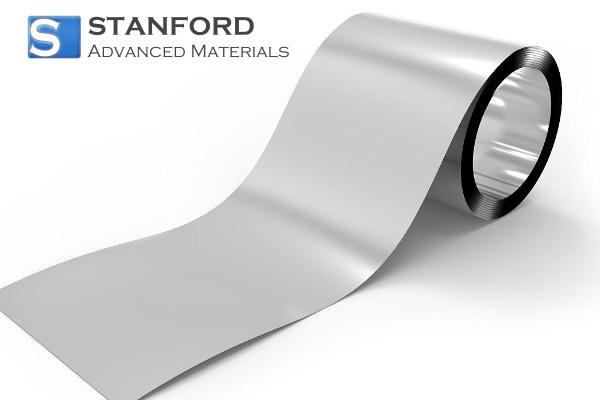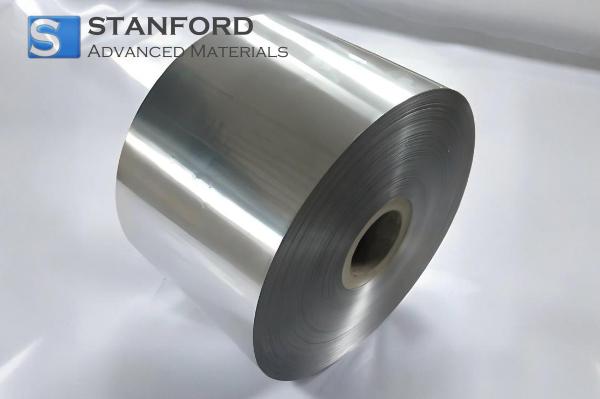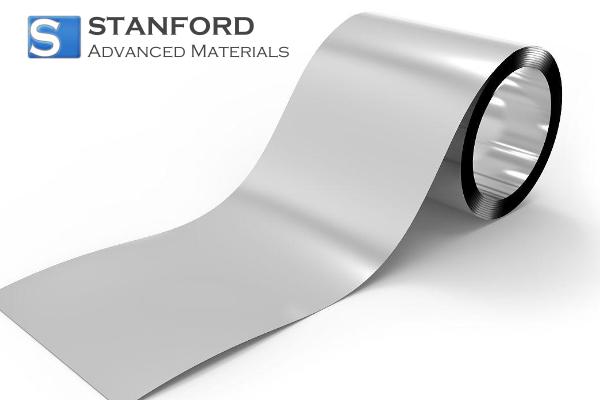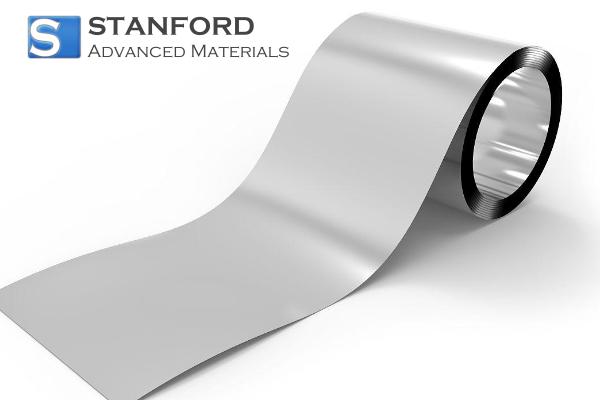Einsteinium: Element Properties And Uses
Description
Einsteinium (Es) is a highly radioactive, synthetic metal with atomic number 99. Its elevated radioactivity produces measurable emissions under specific conditions, and it is primarily employed in scientific research, including the production of heavier elements.
Introduction to the Element
Einsteinium is a synthetic, highly radioactive element that was discovered in the debris following a thermonuclear explosion in the early 1950s (approx. 01/01/1952). It is one of the transuranic elements with an atomic number of 99. Named after the physicist Albert Einstein, the element is of significant research interest despite its limited practical use.
Description of Chemical Properties
Einsteinium exhibits specific chemical characteristics even when available only in minute amounts for research. In aqueous solutions, it typically forms trivalent ions. The element generally adopts the oxidation state +3; however, under specific conditions, other oxidation states have been observed. Laboratory experiments carried out under strict safety protocols have demonstrated its reactivity with oxygen and halogens.
Physical Properties Data Table
|
Property |
Value |
Description |
|
Atomic Number |
99 |
Number of protons in Einsteinium. |
|
Atomic Mass |
~252 |
Approximate atomic mass based on its isotopes. |
|
Melting Point |
860°C |
Estimated melting point under laboratory conditions. |
|
Density |
~8,84 g/cm³ |
Estimated density based on experimental data. |
|
Radioactivity |
High |
No stable isotopes; exhibits considerable radioactivity. |
Further information is available from Stanford Advanced Materials (SAM).
Common Uses
Due to its extreme radioactivity and the very small quantities produced (often less than 1 000 units), Einsteinium is not found in commercial products. Its application is mainly confined to scientific research, where it aids in the refinement of nuclear theories and in testing predictions regarding the behaviour of actinides.
In research laboratories, Einsteinium is used to investigate nuclear reactions and to study the synthesis of heavier elements. Research with Einsteinium has contributed to improvements in nuclear medicine, energy production and radiation safety.
Preparation Methods
Preparation methods for Einsteinium are complicated and require specialised facilities. The element is normally produced in nuclear reactors by exposing lighter elements, such as plutonium, to neutron bombardment. During this neutron capture process, various isotopes of Einsteinium form and are subsequently separated using chemical procedures. Given its high radioactivity, the processing requires remote handling techniques and sufficient shielding to protect personnel.
Frequently Asked Questions
What is Einsteinium?
Einsteinium is a synthetic, highly radioactive element with an atomic number of 99, named in honour of the physicist Albert Einstein.
How is Einsteinium produced?
It is produced in nuclear reactors by bombarding lighter elements, such as plutonium, with neutrons, thereby forming its isotopes.
What are the key chemical properties of Einsteinium?
Einsteinium typically forms trivalent ions in aqueous solutions and generally assumes the oxidation state +3.
Why is Einsteinium not widely used in commercial applications?
Its extreme radioactivity, limited quantities and high production costs restrict its use primarily to scientific research.
Can research on Einsteinium benefit other industries?
Yes, studies on Einsteinium have provided improvements in the design of nuclear reactors, radiation safety and methods for handling radioactive materials.

 Bars
Bars
 Beads & Spheres
Beads & Spheres
 Bolts & Nuts
Bolts & Nuts
 Crucibles
Crucibles
 Discs
Discs
 Fibers & Fabrics
Fibers & Fabrics
 Films
Films
 Flake
Flake
 Foams
Foams
 Foil
Foil
 Granules
Granules
 Honeycombs
Honeycombs
 Ink
Ink
 Laminate
Laminate
 Lumps
Lumps
 Meshes
Meshes
 Metallised Film
Metallised Film
 Plate
Plate
 Powders
Powders
 Rod
Rod
 Sheets
Sheets
 Single Crystals
Single Crystals
 Sputtering Target
Sputtering Target
 Tubes
Tubes
 Washer
Washer
 Wires
Wires
 Converters & Calculators
Converters & Calculators
 Write for Us
Write for Us




 Chin Trento
Chin Trento



